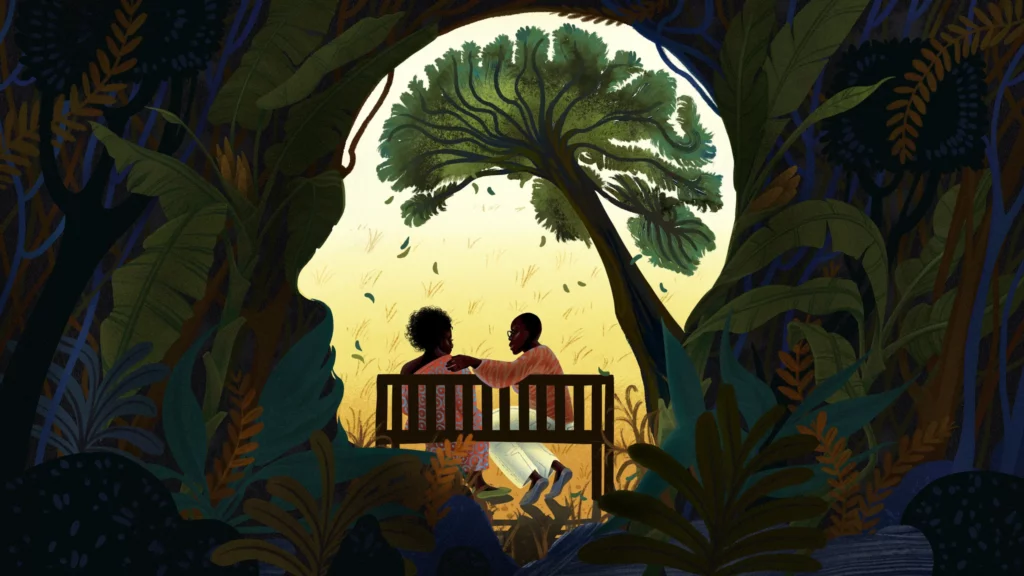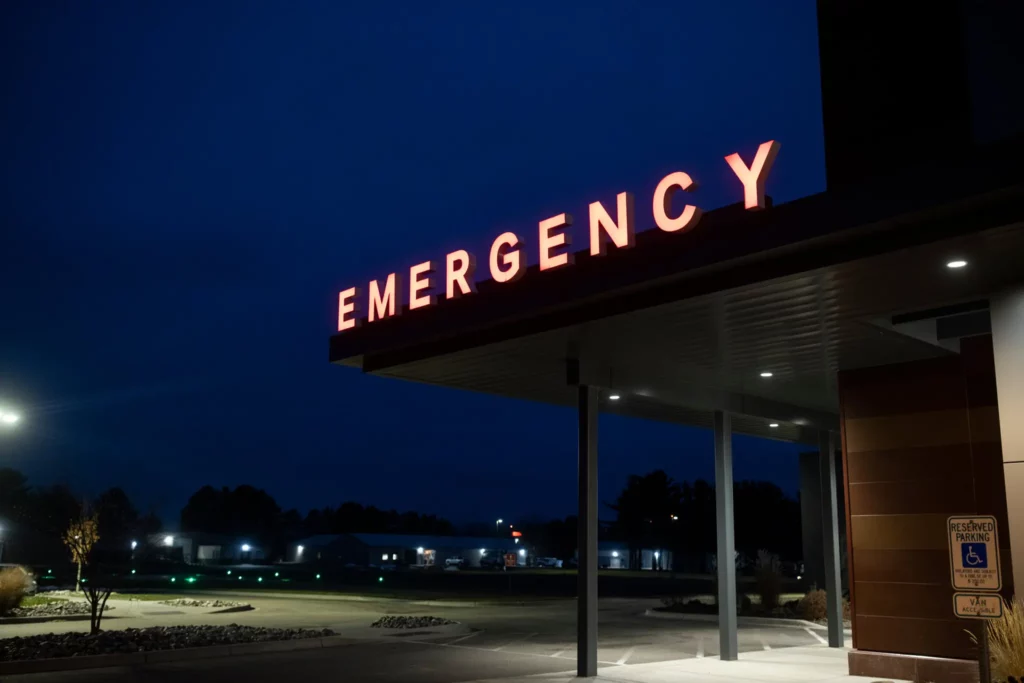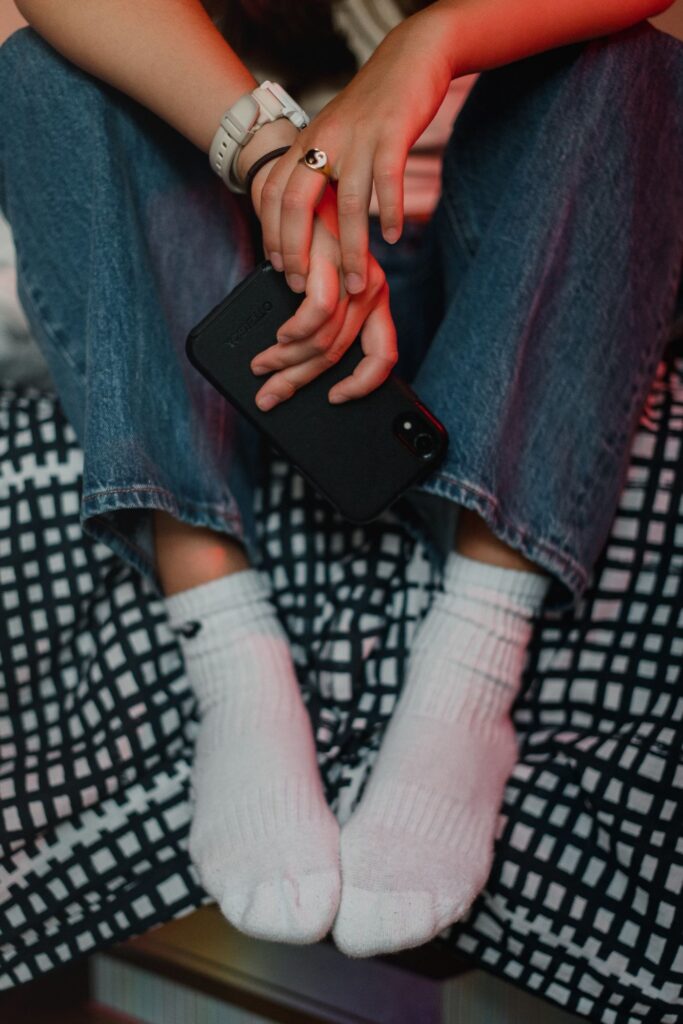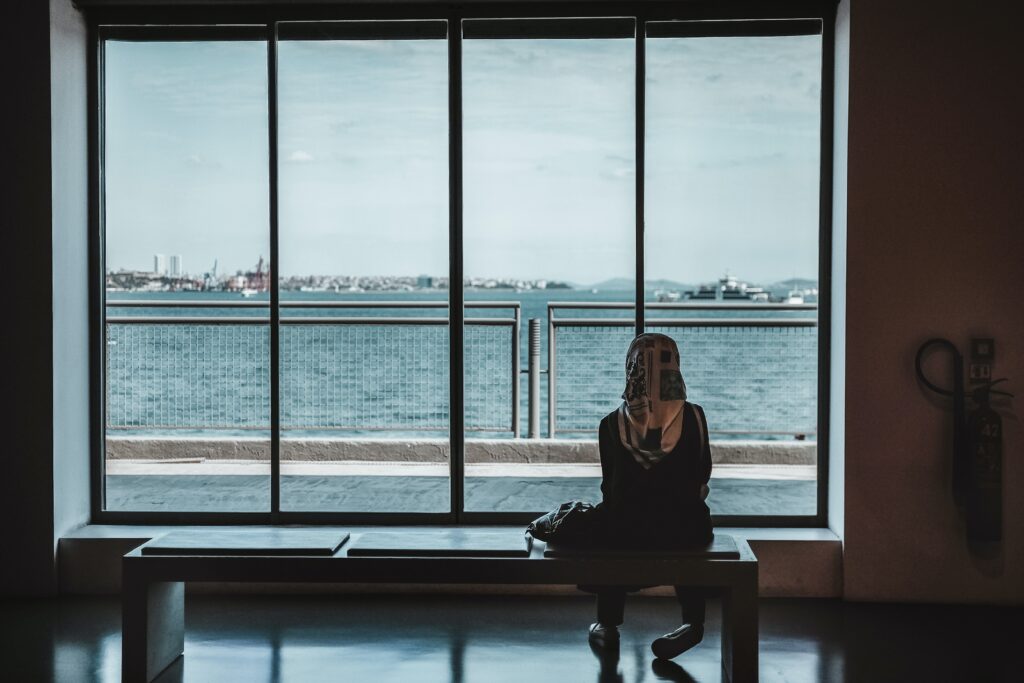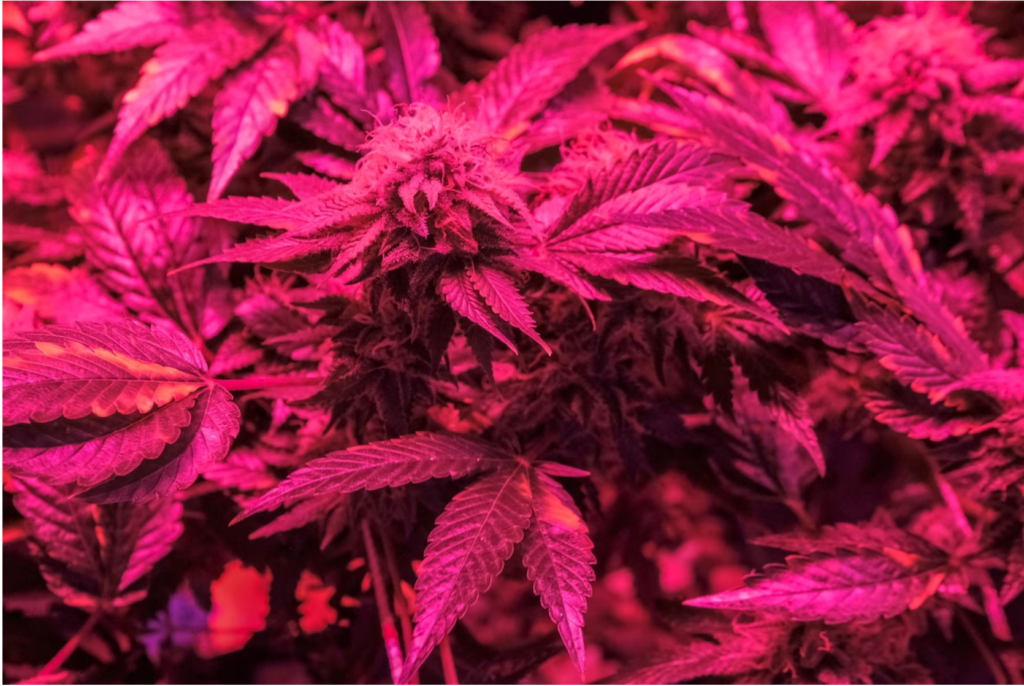
Eating disorders are exploding, hurting adolescents who have trouble finding care
From the early days of the pandemic, researchers worried that the heightened stresses of lockdown and the limits on mental health care would intensify the risks of eating disorders for adolescents and young adults. As a medical student rotating in the psychiatric emergency room, I witnessed firsthand how those fears have been realized.
Eating disorders among young people have exploded across the nation.For many, the inability to get timely care is spiraling into increasing self-injurious behaviors by cutting or burning and worsening suicidal ideation.
At the beginning of my rotation in April, I met a 16-year-old girl who attributed her new eating disorder to virtual schooling. Staring at a computer screen for several hours a day, she became preoccupied with her appearance and hated how she looked. Feeling a general loss of control over surrounding events, the only way she could reclaim a sense of agency was by altering her dietary habits.
